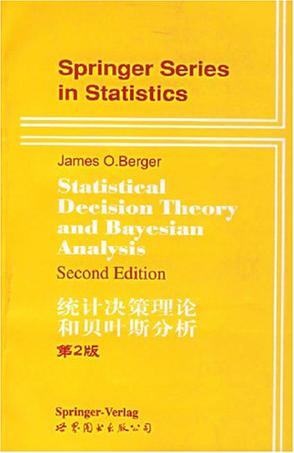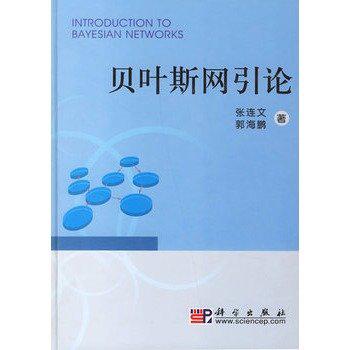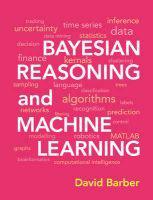-

统计决策理论和贝叶斯分析
The relationships (both conceptual and mathematical) between Bayesian analysis and statistical decision theory are so strong that it is somewhat unnatural to learn one without the other. Nevertheless, major portions of each have developed separately. On the Bayesian side, there is an extensively developed Bayesian theory of statistical inference (both subjective and objective versions). This theory recognizes the importance of viewing statistical analysis conditionally (i.e., treating observed data as known rather than unknown), even when no loss function is to be incorporated into the analysis. There is also a well-developed (frequentist) decision theory, which avoids formal utilization of prior distributions and seeks to provide a foundation for frequentist statistical theory. Although the central thread of the book will be Bayesian decision theory, both Bayesian inference and non-Bayesian decision theory will be extensively discussed. Indeed, the book is written so as to allow, say, the teaching of a course on either subject separately. -

贝叶斯统计
《高等院校统计学专业规划教材•贝叶斯统计》共六章,可分二部分。前三章围绕先验分布介绍贝叶斯推断方法。后三章围绕损失函数介绍贝叶斯决策方法。阅读这些内容仅需要概率统计基本知识就够了。《高等院校统计学专业规划教材•贝叶斯统计》力图用生动有趣的例子来说明贝叶斯统计的基本思想和基本方法,尽量使读者对贝叶斯统计产生兴趣,引发读者使用贝叶方法去认识和解决实际问题的愿望。进而去丰富和发展贝叶斯统计。假如学生的兴趣被钓出来,愿望被引出来,那么讲授这一门课的目的也基本达到了。 -

贝叶斯网引论
-

Bayesian Reasoning and Machine Learning
Machine learning methods extract value from vast data sets quickly and with modest resources. They are established tools in a wide range of industrial applications, including search engines, DNA sequencing, stock market analysis, and robot locomotion, and their use is spreading rapidly. People who know the methods have their choice of rewarding jobs. This hands-on text opens these opportunities to computer science students with modest mathematical backgrounds. It is designed for final-year undergraduates and master's students with limited background in linear algebra and calculus. Comprehensive and coherent, it develops everything from basic reasoning to advanced techniques within the framework of graphical models. Students learn more than a menu of techniques, they develop analytical and problem-solving skills that equip them for the real world. Numerous examples and exercises, both computer based and theoretical, are included in every chapter. Resources for students and instructors, including a MATLAB toolbox, are available online.